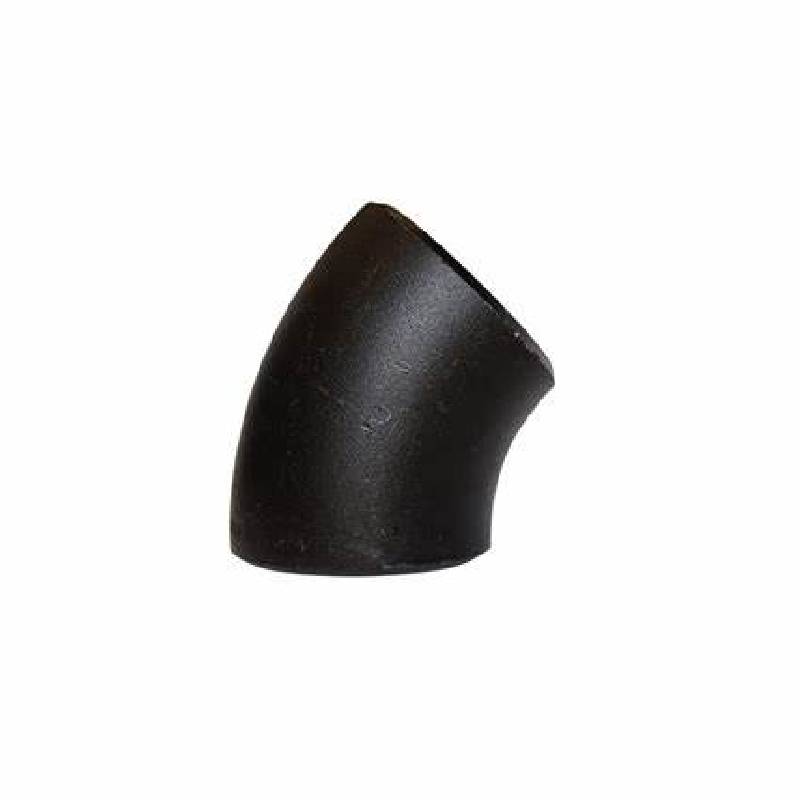-
Cangzhou Yulong Steel Co., Ltd.
-
Phone:
+86 13303177267 -
Email:
admin@ylsteelfittings.com
- English
- Arabic
- Italian
- Spanish
- Portuguese
- German
- kazakh
- Persian
- Greek
- French
- Russian
- Polish
- Thai
- Indonesian
- Vietnamese
- Zulu
- Korean
- Uzbek
- Hindi
- Serbian
- Malay
- Ukrainian
- Gujarati
- Haitian Creole
- hausa
- hawaiian
- Hebrew
- Miao
- Hungarian
- Icelandic
- igbo
- irish
- Japanese
- Javanese
- Kannada
- Khmer
- Rwandese
- Afrikaans
- Albanian
- Amharic
- Armenian
- Azerbaijani
- Basque
- Belarusian
- Bengali
- Bosnian
- Bulgarian
- Catalan
- Cebuano
- China
- China (Taiwan)
- Corsican
- Croatian
- Czech
- Danish
- Esperanto
- Estonian
- Finnish
- Frisian
- Galician
- Georgian
- Kurdish
- Kyrgyz
- Lao
- Latin
- Latvian
- Lithuanian
- Luxembourgish
- Macedonian
- Malgashi
- Malayalam
- Maltese
- Maori
- Marathi
- Mongolian
- Myanmar
- Nepali
- Norwegian
- Norwegian
- Occitan
- Pashto
- Dutch
- Punjabi
- Romanian
- Samoan
- Scottish Gaelic
- Sesotho
- Shona
- Sindhi
- Sinhala
- Slovak
- Slovenian
- Somali
- Sundanese
- Swahili
- Swedish
- Tagalog
- Tajik
- Tamil
- Tatar
- Telugu
- Turkish
- Turkmen
- Urdu
- Uighur
- Welsh
- Bantu
- Yiddish
- Yoruba

Dec . 17, 2024 10:32 Back to list
Understanding the Benefits of Rolled and Welded Pipe in Modern Construction Applications
Understanding Rolled and Welded Pipe Applications, Processes, and Advantages
In modern manufacturing and construction industries, the use of pipes plays a crucial role in transporting fluids, gases, and solids. Among the various types of pipes, rolled and welded pipes have gained significant attention due to their versatile applications and effective manufacturing processes. This article delves into the principles, advantages, and applications of rolled and welded pipes.
What is Rolled and Welded Pipe?
Rolled and welded pipe refers to a type of pipe that is manufactured by rolling flat steel plates into a cylindrical shape and then welding the edges together to form a seamless tube. This process can be performed with various types of steel, including carbon steel, stainless steel, and alloy steel, making it suitable for a wide range of applications.
The rolling process typically involves heating the steel plates to make them malleable, allowing them to be shaped without fracturing. Once the desired diameter is achieved, the two edges are brought together, and a welding technique—often arc welding—is employed to create a strong, lasting bond. The welded seam is then tested for integrity and consistency, ensuring the final product meets industry standards.
Applications of Rolled and Welded Pipe
Rolled and welded pipes are utilized in many sectors due to their robust characteristics. Their primary applications include
1. Oil and Gas Industry Rolled and welded pipes are commonly used to transport crude oil and natural gas over long distances. Their strength and corrosion resistance make them ideal for high-pressure environments typically found in such industries.
2. Construction and Infrastructure These pipes play a vital role in construction projects, including the framing of buildings and bridges. They are used for structural support and in the creation of tunnels and pipelines for water supply and drainage systems.
3. Manufacturing In manufacturing, rolled and welded pipes serve various functions, including as conduits for transporting materials and as components in machinery.
rolled and welded pipe

5. Chemical and Pharmaceutical Industries The chemical resistance of certain rolled and welded pipes makes them suitable for transporting various chemicals safely, ensuring minimal risk of leakage or contamination.
Advantages of Rolled and Welded Pipe
There are several advantages associated with the use of rolled and welded pipes
1. Cost-Effectiveness The manufacturing process of rolling and welding is often less expensive compared to that of seamless pipes, making them an economical choice for large-scale projects.
2. Versatility Rolled and welded pipes can be produced in various sizes and thicknesses, accommodating different specifications and requirements for specific applications.
3. Strength and Durability The welding technique, when done properly, produces a strong seam that enhances the pipe's overall durability, making it resistant to external pressures and environmental factors.
4. Customizability Manufacturers can tailor rolled and welded pipes to meet specific needs, including bespoke dimensions and coatings to address various operational environments.
Conclusion
In summary, rolled and welded pipes are an integral component of numerous industries, aiding in the efficient transport of fluids and materials in diverse applications. Their manufacturing process, characterized by rolling and welding, offers an effective balance of strength, cost, and versatility. As industries continue to evolve and demand more robust and adaptable materials, rolled and welded pipes will likely remain a staple in the global market, supporting infrastructure development and industrial growth. Understanding this essential component can help professionals make informed decisions about materials and processes in their respective fields.
Latest news
-
ANSI 150P SS304 SO FLANGE
NewsFeb.14,2025
-
ASTM A333GR6 STEEL PIPE
NewsJan.20,2025
-
ANSI B16.5 WELDING NECK FLANGE
NewsJan.15,2026
-
ANSI B16.5 SLIP-ON FLANGE
NewsApr.19,2024
-
SABS 1123 FLANGE
NewsJan.15,2025
-
DIN86044 PLATE FLANGE
NewsApr.19,2024
-
DIN2527 BLIND FLANGE
NewsApr.12,2024
-
JIS B2311 Butt-Welding Fittings LR/SR 45°/90° /180°Seamless/Weld
NewsApr.23,2024











